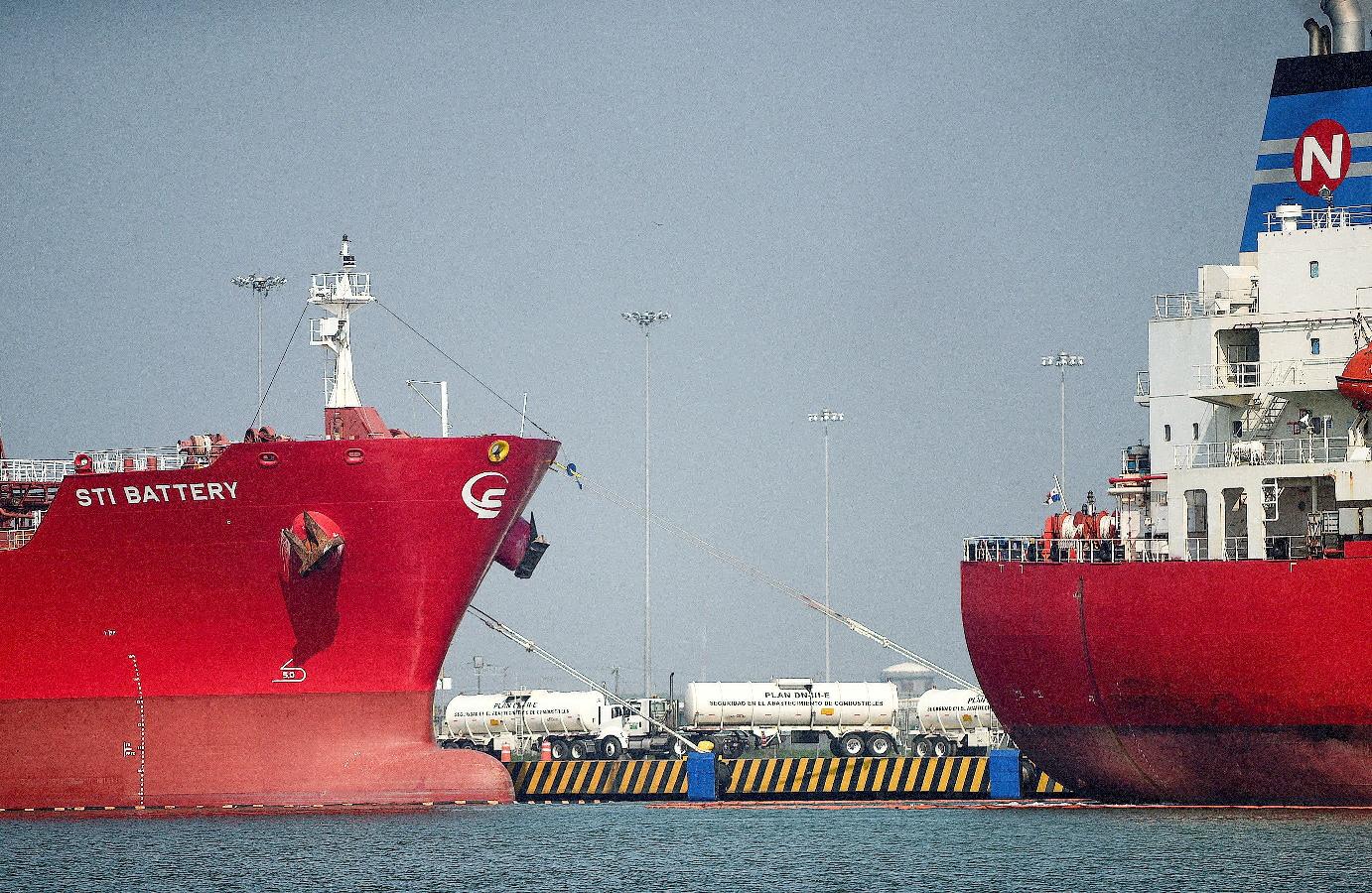
2024-09-20 05:50
KYIV, Sept 20 (Reuters) - European Commission President Ursula von der Leyen said on Friday she had arrived in Ukraine's capital Kyiv to discuss Europe's support, winter preparedness, defence and progress on the G7 loans. "My 8th visit to Kyiv comes as the heating season starts soon, and Russia keeps targeting energy infrastructure," von der Leyen said on the X social network. Von der Leyen said on Thursday that the sum of 160 million euros from the proceeds of frozen Russian assets would be allocated to meet Ukraine's urgent humanitarian needs for this winter. Russia has knocked out about 9 gigawatts (GW) of Ukraine's energy infrastructure, which von der Leyen said was the "power equivalent of the three Baltic states". She also said that the EU aimed to restore 2.5 GW of power generating capacity and would increase exports to supply 2 GW of electricity to Ukraine. Von der Leyen will meet Ukraine's President Volodymyr Zelenskiy and other officials. Sign up here. https://www.reuters.com/world/europe/european-commission-president-says-she-has-arrived-kyiv-discuss-support-ukraine-2024-09-20/

2024-09-20 05:35
Data only include firms above a 'designated size' -NBS Electricity output growing faster than monthly NBS data shows -Ember Better data key for tracking progress on carbon reduction -analyst SINGAPORE/BEIJING, Sept 20 (Reuters) - Surging small-scale renewables generation is helping China address growing power demand and slashing the role of coal in the country's power mix, but Beijing's widely followed monthly data reports omit output from the fast-growing sector. Data from the National Bureau of Statistics (NBS), which publishes monthly bulletins on key economic indicators, only surveys industrial firms with at least 20 million yuan ($2.84 million) of annual revenue from their main operations. For the renewables sector, that has resulted in the NBS leaving out a significant chunk of generation from small-scale sources powering residences, offices and industries, making it more difficult to gain insights into China's economy. The data is also masking some of the progress by the world's top greenhouse gas emitter in reducing the share of coal in electricity generation. "Well-structured monthly reporting on energy and electricity data will be key for China to track progress against its carbon goals," said Lauri Myllyvirta, senior fellow at the Asia Society Policy Institute. The NBS data shows China's power generation grew 6.4% in the first half of 2024. However, data from London-based energy think tank Ember, which calculates output from small-scale renewable energy using data from China's National Energy Administration, shows electricity output grew 7.3%. The NBS provides monthly updates and has archives with uniform reporting patterns starting in the late 1980s. But NEA, China's energy regulator, does not provide a public schedule before disclosing data. It also stopped reporting information on utilisation rates in June, making periodically tracking generation from renewables difficult. NEA did not respond to requests seeking comment and the NBS declined to comment beyond noting it surveys firms of a "designated size". When analysts and investors "are looking at the total generation number and it is grossly underreported, especially the growth, then they are getting a skewed picture of what is happening in the economy," Myllyvirta said. The discrepancy is mainly due to growth in additions of distributed solar over the last three years in China, with smaller installations growing at nearly twice the rate of large utility-scale solar farms - the main driver of renewable capacity additions in China in the previous decade. Distributed solar, which includes rooftop panels, describes small installations supplying power near where it will be used. Ember data shows the share of wind and solar in China's power output to be 20.3% during the first half of 2024, much higher than the NBS figure of 15%. NBS places the share of fossil fuels in the country's power generation at 67.8%, compared with Ember's estimate of 62.3% based on NEA data. "China NBS's generation data for wind and especially solar only capture some of the generation, whereas their capacity figures show the full picture," said Xuyang Dong, China energy policy analyst at Sydney-based think tank Climate Energy Finance. ($1 = 7.0454 Chinese yuan renminbi) Sign up here. https://www.reuters.com/sustainability/climate-energy/china-monthly-economic-reports-understate-power-output-small-scale-renewables-2024-09-20/
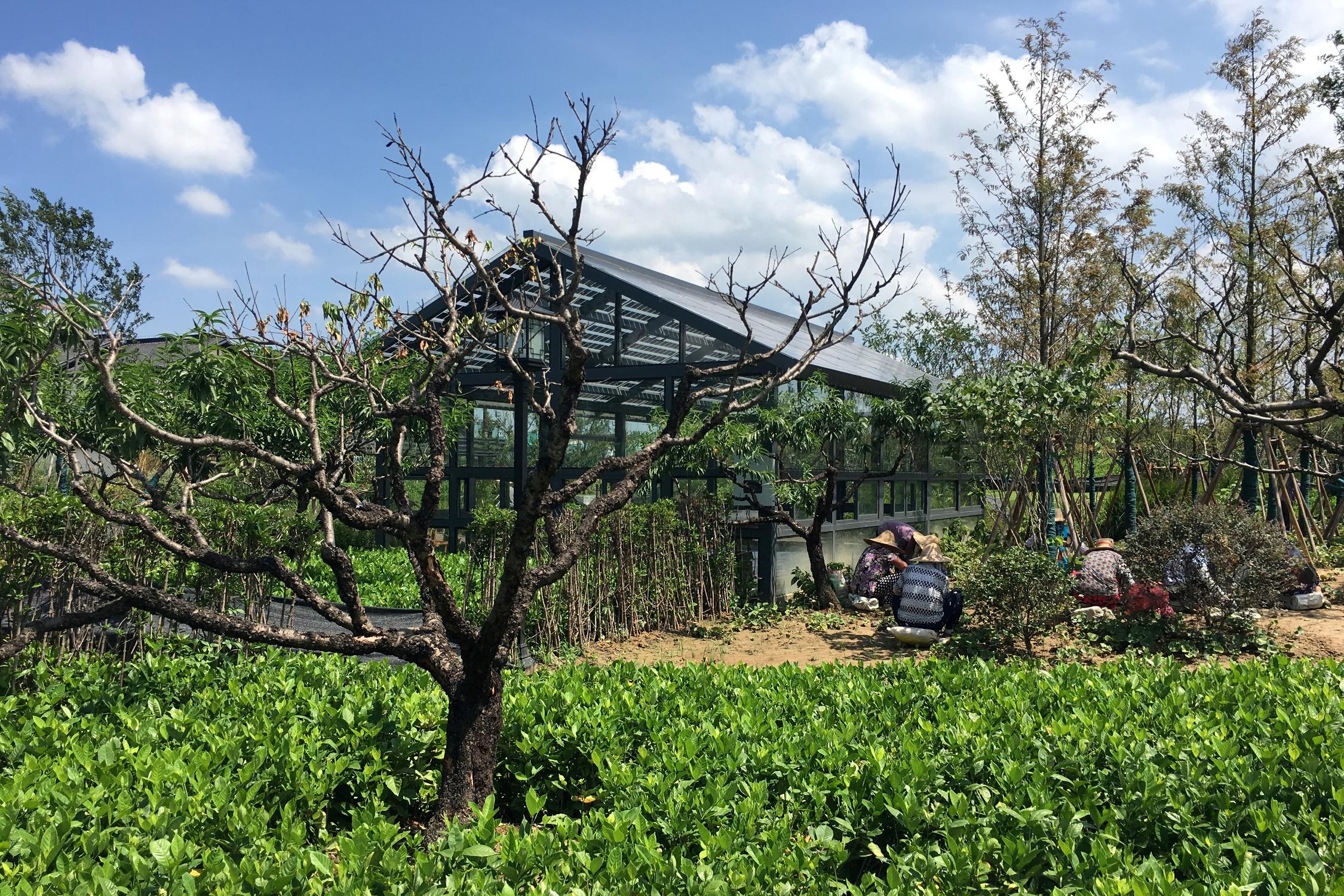
2024-09-20 05:24
MUMBAI, Sept 20 (Reuters) - India's palm oil production is likely to triple in six years as the area under oil palm plantations increases and as plantations become mature for harvesting, a senior industry official said on Friday. The world's biggest edible oil importer relies on Indonesia, Malaysia and Thailand for palm oil supplies. An increase in production will help India slash edible oil imports that account for nearly two-thirds of its total consumption. India's palm oil production is likely to jump to 1.2 to 1.5 million metric tons by 2030-31 from the current 400,000 tons, as farmers have been expanding the area, said Sougata Niyogi, chief executive officer of the oil palm plantation division at India's biggest palm oil producer, Godrej Agrovet Ltd (GODE.NS) , opens new tab. Oil palm trees start yielding fruit 3-4 years after planting, with yields increasing significantly at around 6 years. The oil palm area has been rising at a rapid pace since New Delhi started providing incentives to farmers from 2021 to curb vegetable oil imports, which cost it $15 billion in the last fiscal year. The area under oil palm cultivation increased to 375,000 hectares (926,600 acres) by last year, and an additional 80,000 to 100,000 hectares is likely to be added this year, Niyogi told Reuters on the sidelines of the Globoil India conference. "Government policies are helping farmers expand their planting areas. The new plantations should be ready for harvest by 2030-31, and that's when we'll see a big jump in production," he said. India currently imports around 16 million tons of vegetable oils per annum, including 9 to 10 million tons of palm oil, mainly from Indonesia, Malaysia and Thailand. Godrej Agrovet expects its palm oil production to double to 250,000 tons by 2030-31, Niyogi said. Two years ago, there was a shortage of sprouts, which India imports to produce seedlings, but now enough sprouts are available to accelerate oil palm planting, he said. Sign up here. https://www.reuters.com/markets/commodities/india-palm-oil-output-triple-6-years-farmers-plant-more-says-agrovet-exec-2024-09-20/
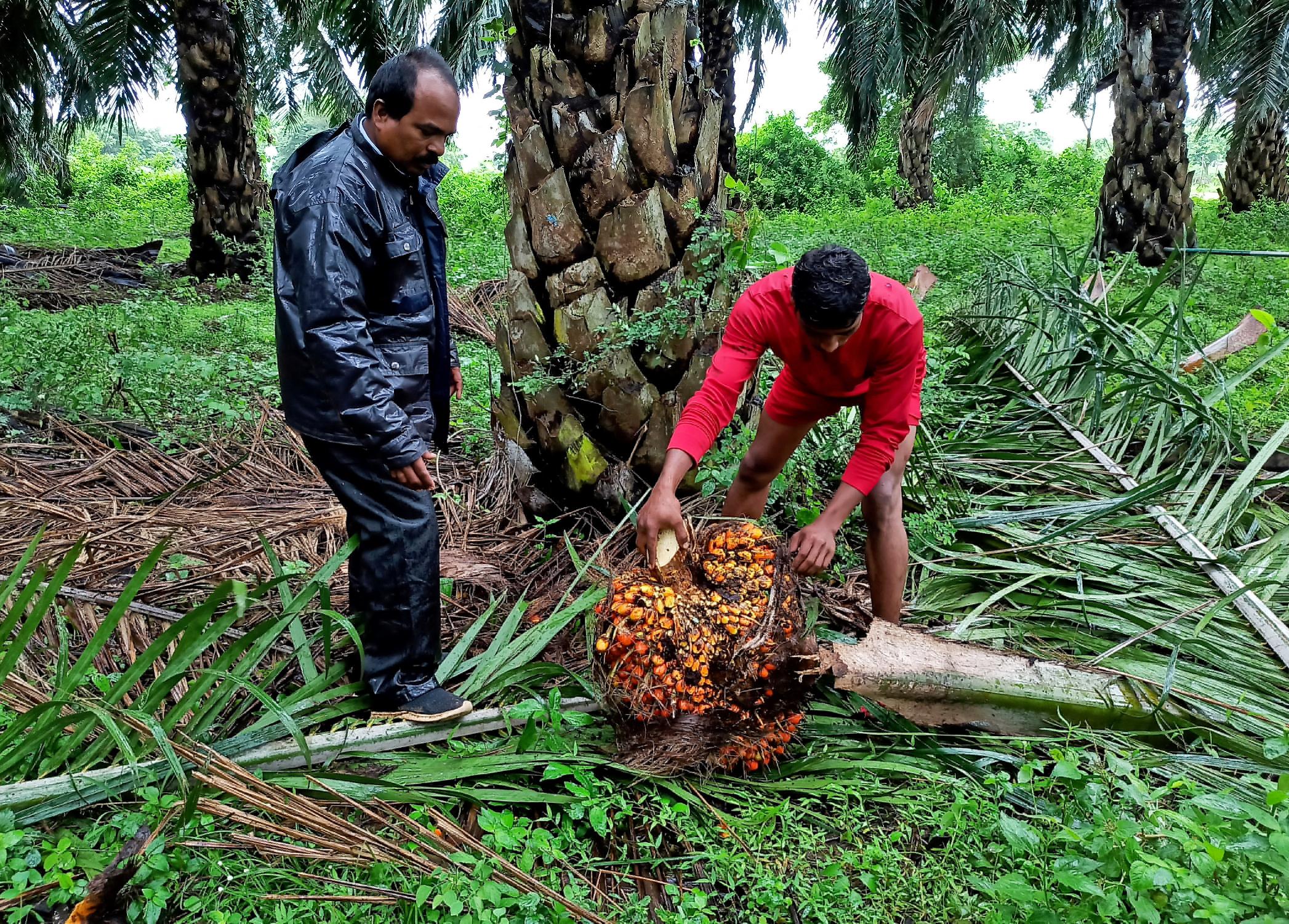
2024-09-20 05:12
MUMBAI, Sept 20 (Reuters) - The Indian rupee strengthened against the U.S. dollar on Friday and was on course to post its best weekly gain this year, after the Federal Reserve embarked on its policy easing cycle with an oversized 50-basis-point interest rate cut earlier in the week. The rupee rose 0.1% to 83.5450 against the dollar, as of 10:35 a.m. IST, up from Thursday's close at 83.68. Dollar offers from foreign banks alongside likely unwinding of dollar-rupee long positions in the non-deliverable forwards (NDF) market helped lift the rupee on Friday, a trader at a state-run bank said. The rupee has logged consecutive gains over the last five trading sessions and is up 0.4% week-on-week, on course for its best weekly gain since December 2023. Alongside the Fed's rate cut, an improvement in portfolio inflows has helped the local currency. Overseas investors have net bought more than $7 billion of local stocks and bonds over September, their highest monthly inflows over 2024. The dollar index was hovering close to its year-to-date low of 100.5, while most Asian currencies climbed. The Reserve Bank of India also seems to have "loosened its iron grip on the USD/INR pair", contributing to the recent price action, said Anil Kumar Bhansali, head of treasury at Finrex Treasury Advisors. Meanwhile, dollar-rupee forward premiums continued to rise, with the 1-year implied yield up 3 basis points at 2.35%, its highest level since April 2023. The 1-year implied yield has risen 11 bps over September so far, boosted by expectations that the Fed will push borrowing costs lower. Odds of another 50-bp rate cut by the Fed in November have risen to 43%, up from 37% a day earlier, according to CME's FedWatch tool. Sign up here. https://www.reuters.com/markets/currencies/rupee-course-best-week-2024-forward-premiums-maintain-uptrend-2024-09-20/
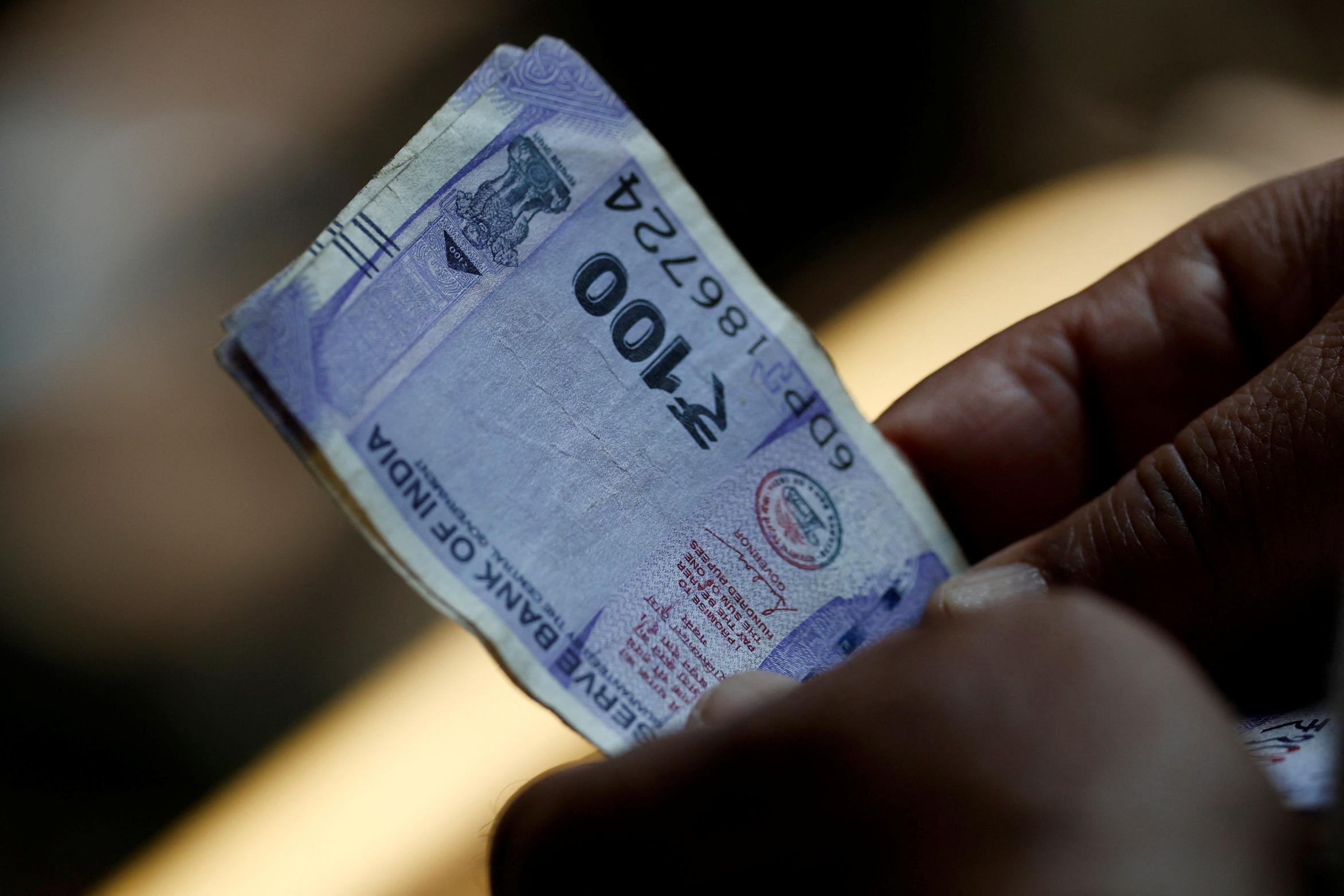
2024-09-20 05:03
Small farmers shut after milk prices fall below production costs Dairy imports in 2024 fall 14% from a year earlier Milk powder surplus doubles from a year ago Efforts to grow exports constrained by infant formula scandal BEIJING, Sept 20 (Reuters) - China is awash in unwanted milk as falling birth rates and cost-conscious consumers have cut demand even as dairy farms expanded in recent years, forcing smaller farmers out of business and squeezing shipments into the world's top importer. China's milk surplus illustrates the unintended consequences of Beijing's food security-driven efforts to boost its dairy sector by touting consumption and encouraging expansion. High costs and the legacy of an adulteration scandal in 2008 that killed at least six children and hospitalized thousands, meanwhile, limit its export opportunities. Weighed down by a sluggish economy that has weakened demand for higher-priced foods like cheese, cream and butter, as well as an aging population, Chinese milk consumption fell from 14.4 kg per capita in 2021 to 12.4 kg in 2022, the last year for which data from China's statistics bureau is available. At the same time, milk output in China, the world's third-largest producer, surged to nearly 42 million tons last year, from 30.39 million tons in 2017, surpassing Beijing's 2025 target of 41 million tons. Chinese milk prices have fallen since 2022 to below the average production cost of around 3.8 yuan ($0.5352) per kg, causing many loss-making farms to shut and other farms to shrink their herds by selling cattle for beef - another oversupplied market. Modern Dairy (1117.HK) , opens new tab, one of China's major producers, reported a halving of its dairy cattle herd in the first half of this year, posting a net loss of 207 million yuan ($29.07 million). "Dairy farming companies are losing money on selling milk and selling meat," said Li Yifan, Head of Dairy (Asia) at commodity financial services firm StoneX. Chinese dairy imports, mainly from New Zealand, the Netherlands, and Germany, dropped 13% year-on-year to 1.75 million metric tons in the first eight months of this year. Milk powder, the top dairy import, was down 21% to 620,000 tons, China customs data shows. Net dairy product import volumes in 2024 are likely to fall by 12% from a year earlier and "the extended dairy downcycle may continue to impact import volume in 2025," Rabobank Research said in a note last month. China's dairy industry mushroomed after Beijing's 2018 call for more farms and higher output, part of the wider push for greater food self-sufficiency, spurred a proliferation of farms and imports of hundreds of thousands of Holstein cattle to stock them. But in addition to the slowing economy, a drop in births has meant fewer babies need milk formula. China's 2023 birth rate was a record low 6.39 per 1,000 people, down from 12.43 in 2017, according to government data. China's infant formula milk market declined by 8.6% in volume and 10.7% in value during the 2024 fiscal year that ended in June and may decline further in 2025, New Zealand’s A2 Milk Company (ATM.NZ) , opens new tab, which sells infant formula in China, said in August. China's dairy industry has also struggled to meet Beijing's 2018 call to educate consumers to move from drinking milk to "eating milk" to increase dairy consumption. Liquid milk makes up 80% of China's dairy consumption, and efforts to develop a market for cheese, cream and butter, turning milk into higher-value products with longer shelf life, have been stymied by belt-tightening consumers. What do older, smaller populations mean for the global economy? Listen to this week's episode of Reuters Econ World podcast. To manage the excess output, China's producers are turning raw milk to powder, creating a surplus by the end of June of more than 300,000 tons, the China Dairy Association said, roughly double the previous year's level. China is also trying to export whole milk powder but that potential is limited by the memories of the adulteration scandal, said StoneX's Li, and even many Chinese consumers prefer foreign brands despite government efforts to improve food regulation and boost confidence. China exported 55,100 tons of dairy products in the first half of 2024, up 8.9% annually but just a small share of its surplus. Chinese dairy farmers' reliance on costly animal feed means their production costs are almost double those in top exporter New Zealand, where cattle graze in pastures, according to StoneX calculations. The domestic oversupply has made it easier for Beijing to target imports of European Union cheeses, milks and creams in a trade dispute with the bloc, although those are niche products and the measure will do little to ease the glut. "While limiting EU dairy imports may provide short-term relief for Chinese farmers, it will not address the deeper problems such as overproduction and stagnating demand," said Tanya Bhatia, a consumer goods research analyst at the Economist Intelligence Unit. In the longer term, suppliers still see opportunity in China. Charlie McElhone, general manager of sustainable dairy at industry body Dairy Australia, said it sees significant growth potential in China, which remains its biggest market. "We still see cheese expanding in the future," he said. ($1 = 7.1007 Chinese yuan renminbi) Sign up here. https://www.reuters.com/world/china/china-dairy-farms-swim-milk-fewer-babies-slow-economy-cut-demand-2024-09-20/
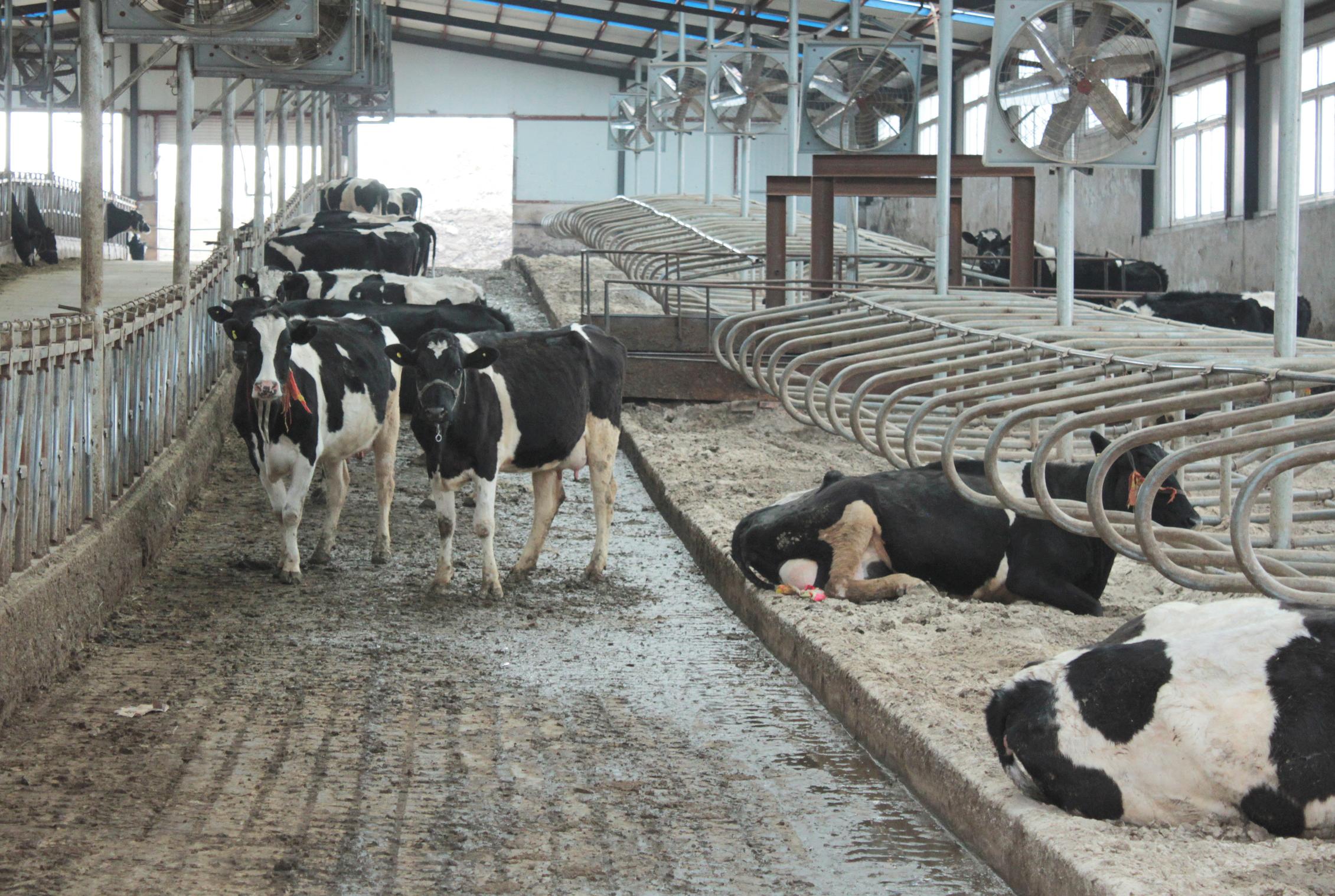
2024-09-20 05:03
LONDON/SINGAPORE/NEW YORK, Sept 20 (Reuters) - Oil refiners in Asia, Europe and the United States are facing a drop in profitability to multi-year lows, marking a downturn for an industry that had enjoyed surging returns post-pandemic and underlining the extent of the current slowdown in global demand. The weakness is a further sign of soft consumer and industrial demand, especially in China, because of slowing economic growth and rising penetration of electric vehicles. New refineries coming on stream in Africa, the Middle East and Asia have added to the downward pressure. Refiners such as TotalEnergies and trading firms such as Glencore saw bumper profits in 2022 and 2023 as they cashed in on supply shortages caused by Russia's invasion of Ukraine, disruptions to Red Sea navigation by Houthi militants, and a big recovery in demand following the COVID-19 pandemic. "It's certainly looking like the refining supercycle that we've experienced over the past few years may now be coming to an end, with supply from newly inaugurated refineries finally catching up with slower-growing fuel demand," Commodity Context analyst Rory Johnston said. Singapore refining profits, a bellwether for Asia, fell to $1.63 a barrel on Sept. 17, a seasonal low since the same period in 2020. Asia's diesel margins crashed to a three-year low on the same day, according to LSEG data. The weak Chinese economy is a key reason. Industrial output growth in the world's top oil importer fell to a five-month low in August while oil refinery output fell for a fifth month as weak fuel demand and soft export margins curbed production. In top consumer the United States, where demand has also lagged expectations, the 3-2-1 crack spread , a key measure of overall profitability, slipped below $15 a barrel in late August for the first time since early 2021. The 3-2-1 spread approximates U.S. refiners typical yield of two barrels of gasoline and one of diesel from every three barrels of oil they process. Gulf Coast gasoline margins, excluding renewable fuel blending obligations, averaged $4.65 a barrel as of Sept. 13, down from $15.78 a year ago and diesel margins were just over $11, versus over $40 last year, according to data from Oil Price Information Service. DIESEL OVERSUPPLY Oversupply in the global diesel market due to soft demand is one of the main reasons for margin weakness. The International Energy Agency projects diesel and gasoil demand this year to average 28.3 million barrels per day (bpd), contracting by 0.9% from 2023, while demand for gasoline, jet fuel, LPG and fuel oil grows over the same period. At the end of August, European diesel margins fell to about $13 a barrel, their lowest since December 2021, according to LSEG data. They averaged $16.6 a barrel in August, less than half the $38.3 they averaged in August 2023. The immediate outlook remains weak, although seasonal demand could provide support. Energy Aspects analyst Raul Caldaria said refining profits were expected to remain low for the rest of the year, with some upside from higher winter demand for diesel in Europe. Gasoline profit margins are also under pressure in Europe, despite more robust demand. They averaged $12.1 a barrel in August, crashing by 61% from August 2023 levels of $31, according to LSEG data. A spokesperson for Eni (ENI.MI) , opens new tab said the Italian refiner was "implementing measures to mitigate the reduction of refining margins", but declined to elaborate on those measures. A spokesperson for Spanish refiner Cepsa said they were monitoring their profit margins but had not made a decision on slowing their processing. NEW REFINERIES The start up of a number of new refineries has compounded the pressure on margins, with older refineries, particularly in Europe, feeling the pain. Earlier this month, Petroineos confirmed it would close its Grangemouth refinery in Scotland, with shutdowns expected in Germany as well. This year, new capacity ramping up includes Nigeria's 650,000 bpd Dangote plant, Mexico's 340,000 bpd Dos Bocas, Kuwait's 615,000 bpd Al Zour and Oman's 230,000 bpd Duqm. "Globally there is clearly too much refining capacity currently relative to demand levels, with new capacity just making things worse," said Vortexa's chief economist David Wech. Bank of America analysts on Sept. 13 said they expected global refining margins to continue their slump, after sliding 25% quarter-to-date and 50% on a spot basis, and as new refining capacity rises 1.5 million bpd year-on-year. Sign up here. https://www.reuters.com/business/energy/global-refiners-face-profit-slump-new-plants-come-online-2024-09-20/
